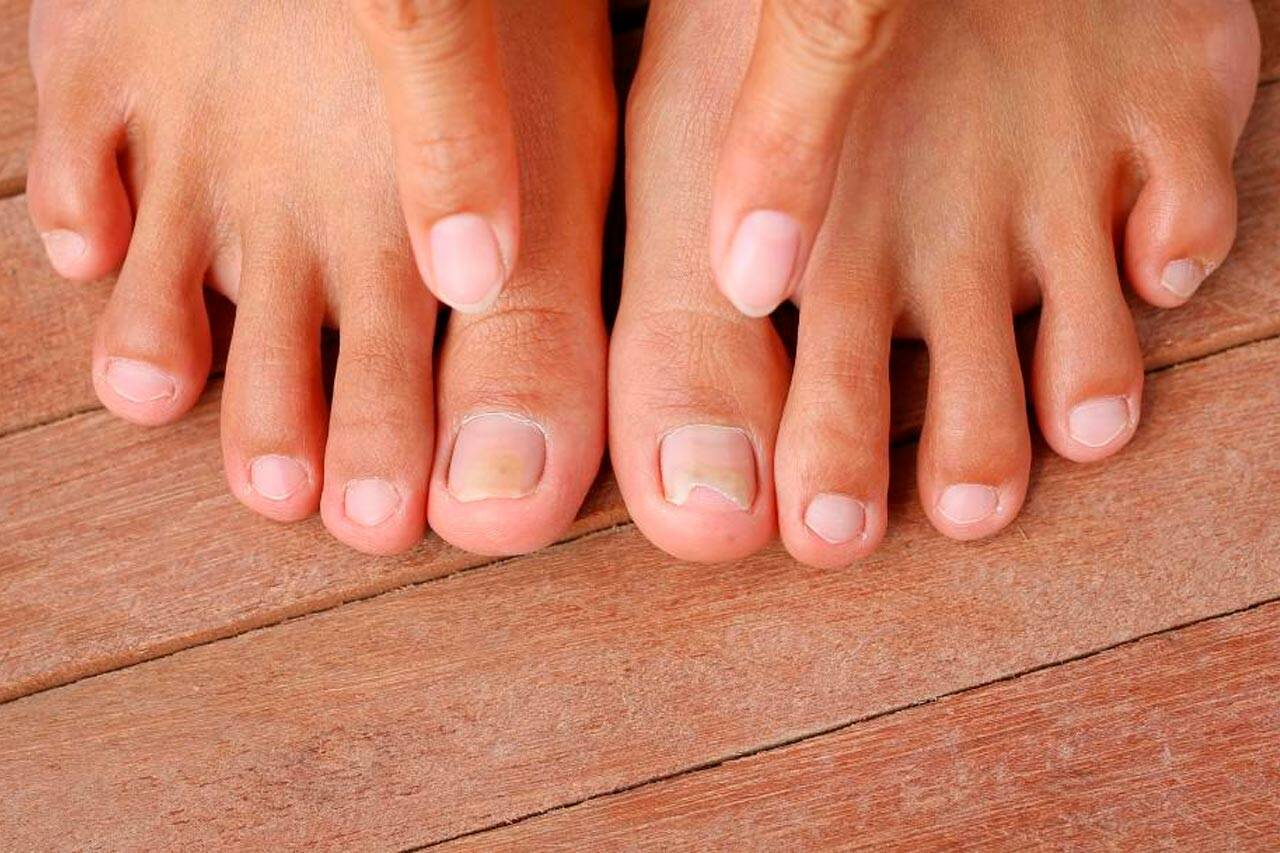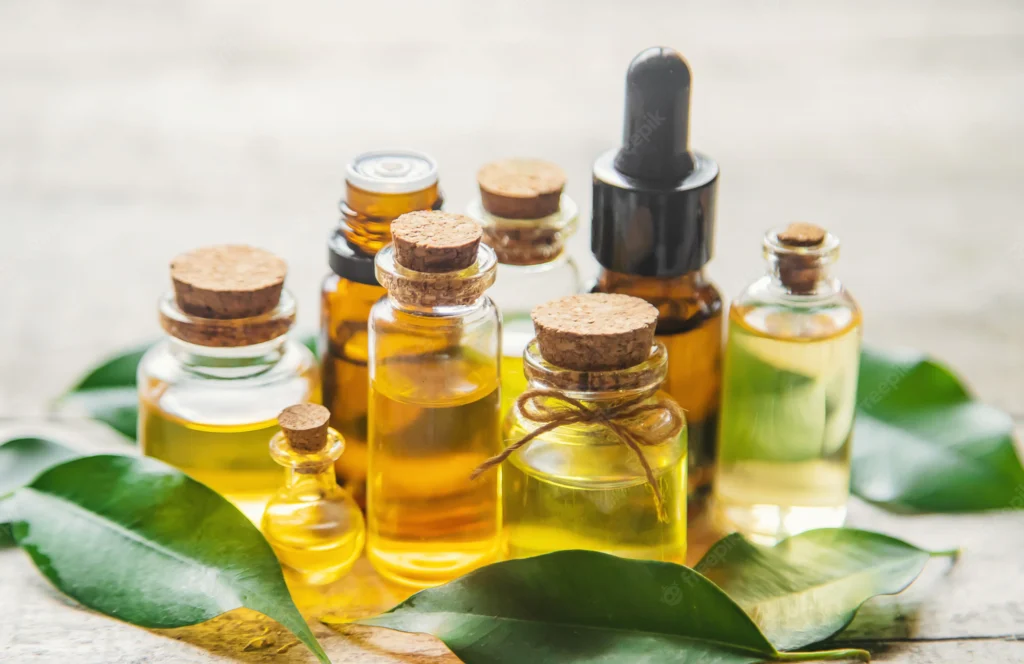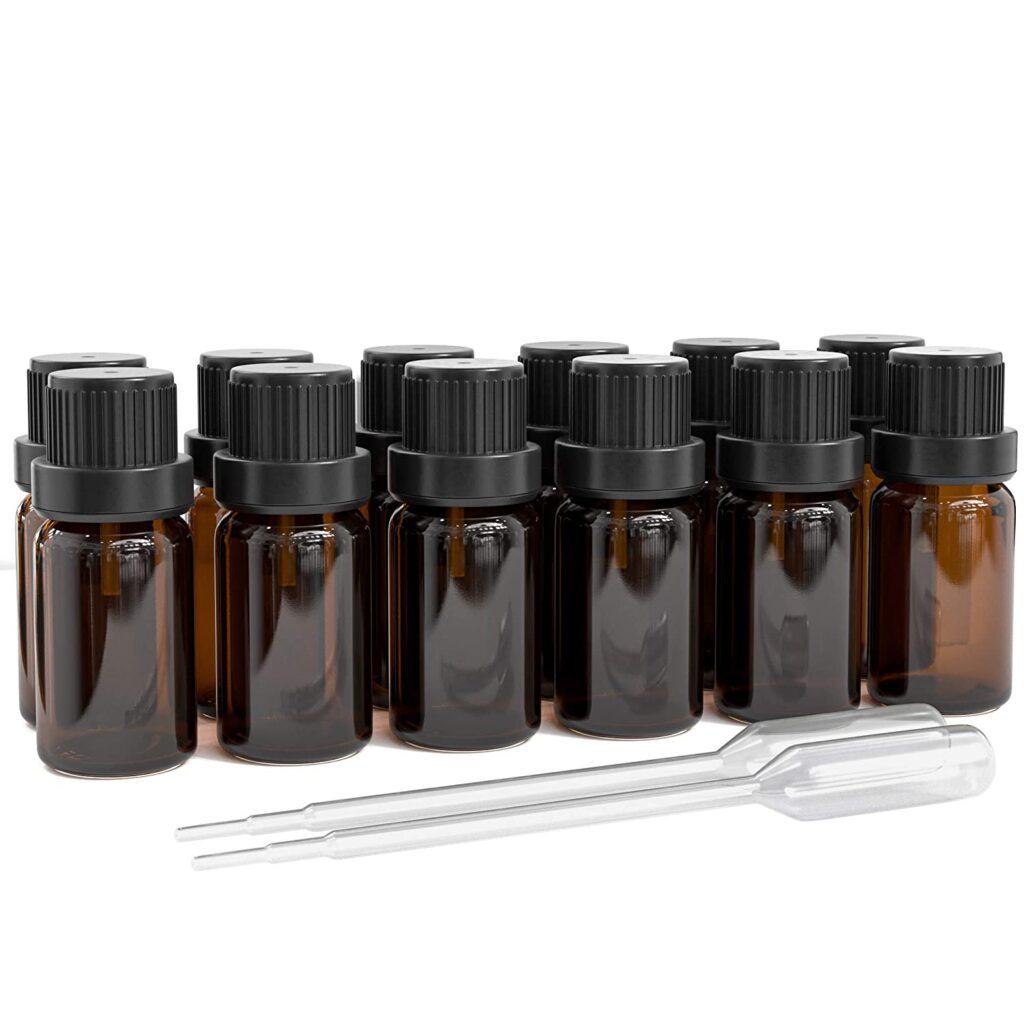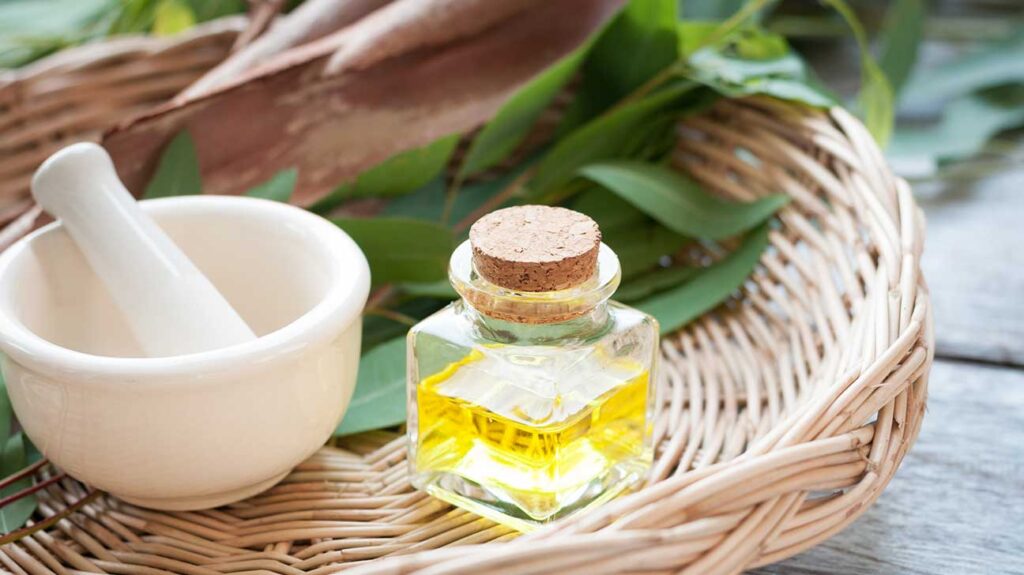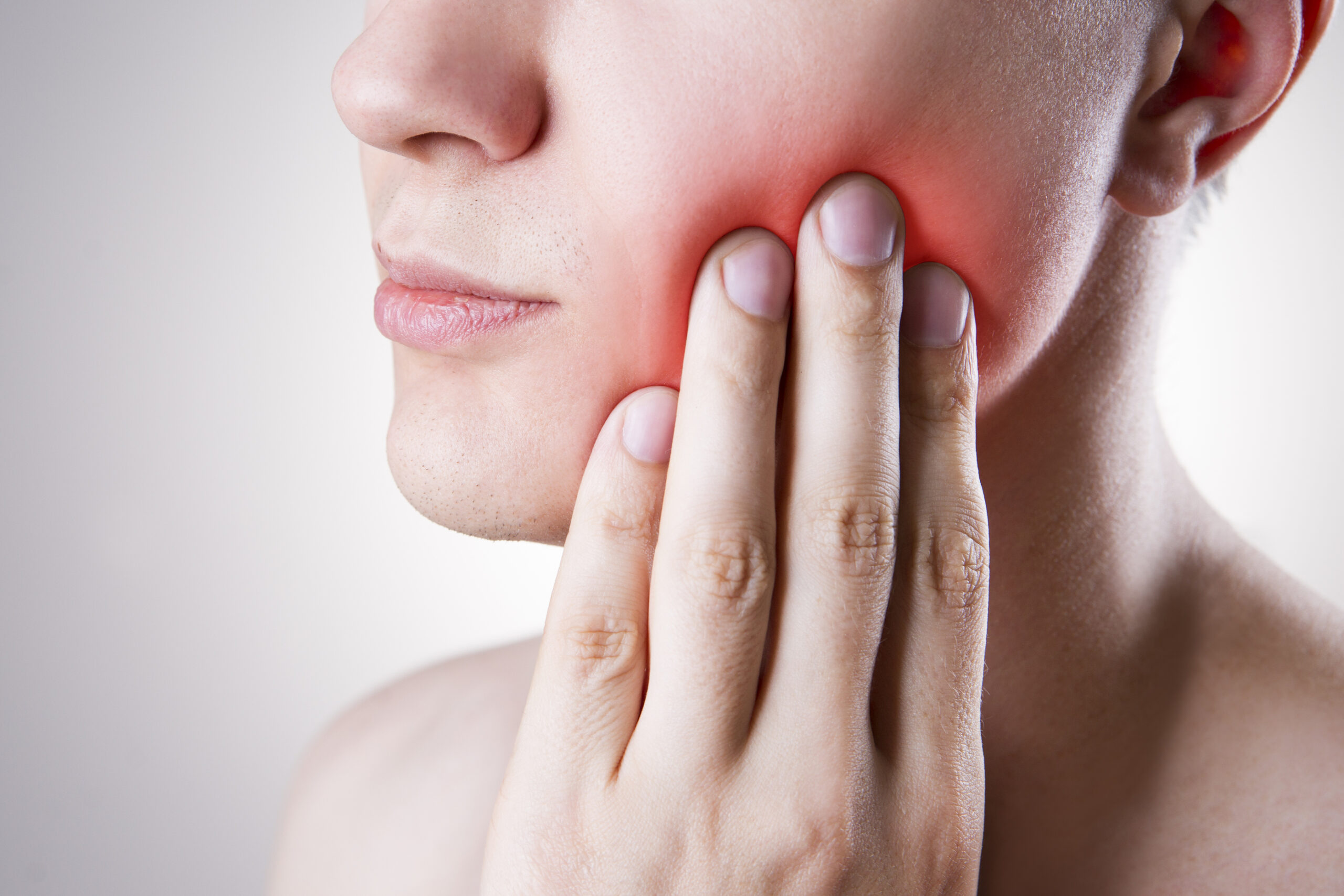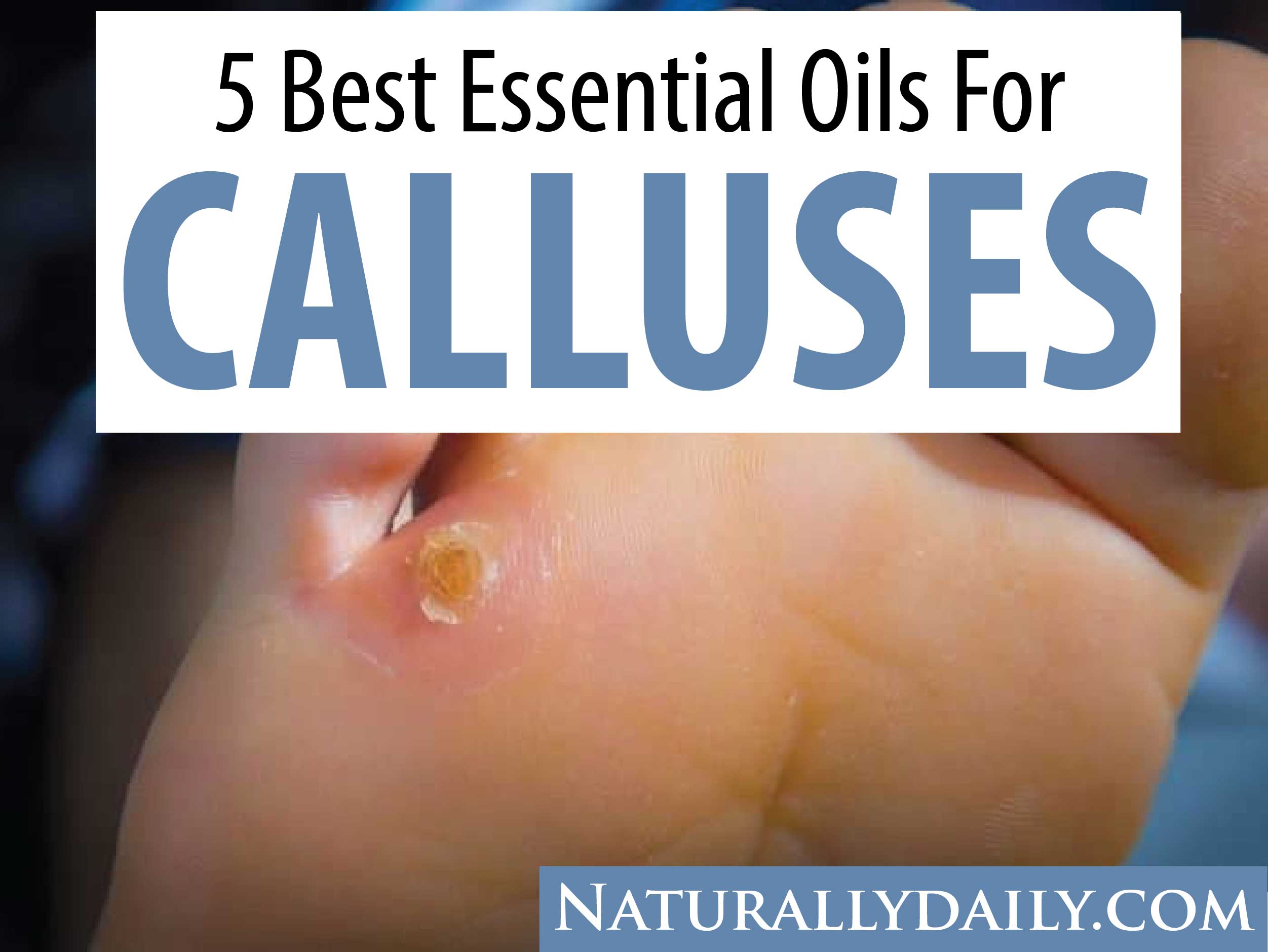An ingrown toenail is a common illness in which the side or corner of a toenail grows into the flesh. Some essential oils for ingrown toenails can help you treat this painful condition. [1]
Antibacterial, antiseptic, and antifungal properties in essential oils can aid in healing ingrown toenails. In addition, essential oils may prevent fungal infections, pain, and inflammation in the affected toenail.
This condition is also called onychocryptosis or unguis incarnates. It mainly occurs due to improper trimming, genetic predisposition, wearing tight-fitting shoes, and poor foot hygiene.
Ingrown toenails can be severe as toenail fungus can also be a part of it. That’s why it’s essential to get rid of this problem.
Here are some of the effective essential oils that you may try:
7 Best Essential Oils for Ingrown Toenail
1. Tea Tree Essential Oil
Tea tree essential oil originates from the leaves of Melaleuca alternifolia, a small tree native to Australia.
This essential oil is rich in antiseptic, anti-inflammatory, and antibacterial properties. Hence, it can inhibit any infections due to ingrown toenails. [2]
A study published in 2003 confirmed the antifungal activities of tea tree oil. This oil can prevent any fungal or bacterial growth in the affected toenail. [3]
2. Peppermint Essential Oil
Peppermint oil comes from the peppermint plant, a crossbreed between spearmint and water mint. This oil is quite popular for flavoring food.
Menthol is the critical component of peppermint oil. It can help soothe the pain and inflammation due to an ingrown toenail.
Peppermint essential oil contains antibacterial and antifungal properties. These components can protect your toenail from infections.
Research published in 1996 showed some essential oils’ antifungal and antibacterial effects in vitro. Peppermint oil was one of them. [4
3. Thieves Essential Oil
Thieves essential oil is a blend of cinnamon, clove, eucalyptus, lemon, and rosemary essential oils.
This essential oil is rich in anti-inflammatory, antimicrobial, and cytotoxicity properties. All the essential oils used to create this blend contain these properties.
In a study published in 2010, eucalyptus oil and clove oil helped inhibit COX-2, an enzyme responsible for pain and inflammation in the body. [5]
In another study, rosemary oil showed anti-inflammatory effects on experimental animal models. [6]
Regular use of thieves oil may reduce the pain and inflammation. It may also prevent further infections in your affected toenail.
4. Clove Essential Oil
Clove essential oil originates from the dried flower buds of the clove (Eugenia caryophyllata).
This essential oil contains anti-inflammatory properties. It can help reduce the pain due to ingrown toenails.
A study published in 2017 proved clove essential oil’s anti-inflammatory and tissue remodeling ability. [7]
As ingrown toenails cut the skin and tissue, there can be fungal and bacterial infections. The antibacterial properties of clove oil can prevent further infections.[8]
5. Lavender Essential Oil
Lavender oil is quite popular due to its versatility. It originates from the flowers of Lavandula angustifolia through steam distillation.
The lavender essential oil can treat cuts, infections, and pain from ingrown toenails. In addition, this oil is rich in antibacterial, anti-inflammatory, and antiseptic properties.
In a study published in 2016, lavender oil promoted collagen synthesis. It also healed the wound in rats. [9]
RELATED: Lavender Essential Oil for Sleep: How Effective?
6. Eucalyptus Essential Oil
Eucalyptus oil is extracted from the fresh leaves of the eucalyptus tree (Eucalyptus globulus).
This essential oil may heal any wound. When this oil is exposed to the air, the ozone layer makes it a potent antiseptic.
In a study published in 2015, eucalyptus oil effectively treated fungal nail infections. [10]
7. Thyme Essential Oil
Thyme essential oil originates from thyme flowers and leaves through steam distillation. The botanical name of thyme is Thymus vulgaris.
This essential oil contains thymol, Linalool, camphene, and carvacrol. These components in thyme oil may destroy the pathogens responsible for fungal infections.
In a study published in 2011, researchers confirmed the antibacterial activities of thyme essential oil. [11] It can prevent bacterial infections caused by ingrown toenails.
How to Use Essential Oils for Ingrown Toenail
You need to consult an expert to learn the best dilution amount and practices of using essential oils for ingrown toenails. However, here’s a safe method that may work.
- Dilute a few drops of any essential oil of your choice with coconut oil.
- Apply it to the affected toenail using a cotton ball.
Precautions to Follow While Using Essential Oils
The essential oils mentioned here are pretty safe to use. But, It is important to maintain some safety measures for the topical application:
- Always dilute the essential oils with a suitable carrier oil. You can use some of the oils directly if the label says so. But you are recommended to dilute them if you have sensitive skin.
- Apply a little essential oil to the less sensitive part of your skin. Wait for 3-4 hours. It will help you know if the essential oil suits you.
- Do consult with a doctor about using essential oils if you are pregnant.
- If you are allergic to some essential oils, avoid using them.
- Do not use essential oils on children without asking the doctor.
Causes & Symptoms of Ingrown Toenail
An ingrown toenail occurs when the toenail presses into the skin and continues to grow. It can cause pain and inflammation if the toenail cuts the skin and soft tissues underneath it.
Common reasons behind ingrown toenails include:
- Cutting the toenails in the wrong way.
- If your shoes put too much pressure on your toenails.
- Injuries or trauma.
- Genetic factors.
- Poor foot hygiene.
- You have sweaty feet.
- You are overweight.
- You have diabetes.
The symptoms of this condition may differ from mild to severe based on which stages are.
The possible symptoms include:
- Tenderness around the ingrown nails.
- The build-up of fluid around the affected nails.
- Extreme pain.
- Bleeding.
- Pus is oozing out with an unpleasant odor.
- Skin overgrowth around the affected toenails.
Severity Stages of Ingrown Toenail
Doctors classified ingrown toenails into three categories based on their severity: stage 1 (mild), stage 2 (moderate), and stage 3 (severe). [1]
Stage 1: You can recognize mild cases of ingrown toenails by nail-fold swelling, edema, erythema, and pain with pressure.
Stage 2: Moderate cases are characterized by increased swelling and inflamed tissues that produce pus.
Stage 3: In the severe stage, there will be chronic inflammation and continuous oozing of pus. The inflamed tissue will start growing over the nail.
Does Ingrown Toenail Require a Doctor?
Ingrown toenails can be treated at home. But if the essential oils fail to treat the infections and pain, you must seek medical attention.
Ask for a doctor’s appointment if you see the following symptoms:
- Your toe becomes red, swollen, warm, and drains pus.
- Your toenail is very ingrown that you can’t remove it at home. The doctor may need to do minor surgery to remove that part.
- If you have diabetes, the wound may not heal quickly. In that case, you need to see a doctor for proper treatment.
How to Prevent Ingrown Toenails?
You may prevent the ingrown toenail by maintaining some simple rules:
- Always wear comfortable shoes that fit you.
- Cut your nails straight. Do not curve the edges.
- Do not cut your nails too profoundly.
- You can use a toe protector if needed.
Bottom line
Ingrown toenails are annoying as you may get hurt walking or standing.
This condition may occur at any age. For example, you are at high risk of ingrown toenails if you have diabetes. It’s because diabetes causes poor blood flow to your feet.
Always wear comfortable shoes to prevent ingrown toenails. If you already have it, try to wear open shoes or loose-fitting socks to reduce the pressure on your feet.
After you remove the ingrown toenails, maintain proper hygiene to avoid further infections. You can use some essential oils to get rid of pain and inflammation.
If you find removing the ingrown toenails at home difficult, visit a doctor to remove them surgically.
Also Read:
